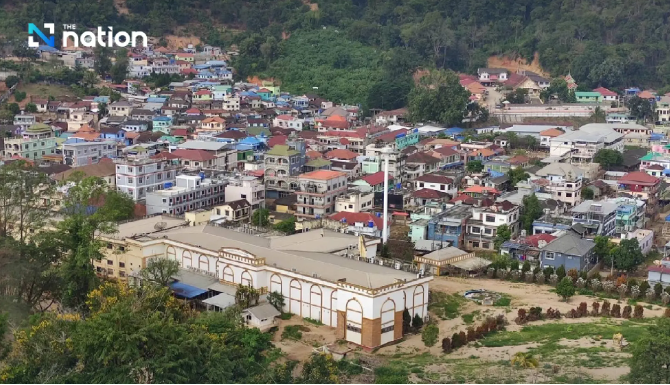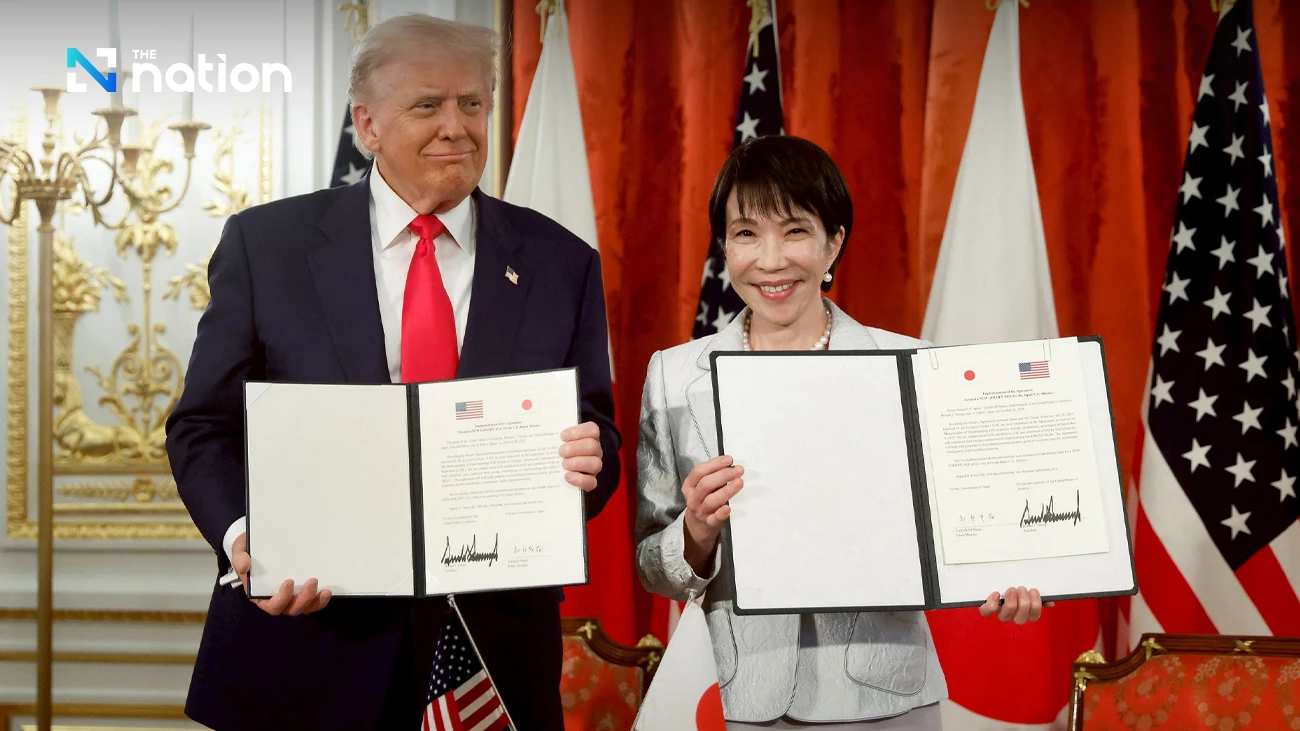Congestion that occurs today is the result of 16 million motorized vehicles on the streets of the capital city.
DKI Jakarta Governor Anies Baswedan said the current traffic jam was the result of 16 million motorized vehicles on the streets of the capital. As many as 13 million of them are motorcycles.
Anies said that when he was a tarawih lecturer at the Gadjah Mada University Mosque (UGM), Yogyakarta, Thursday night (7/4).
"What happened to 13 million motorcycles and 3 million four-wheeled vehicles (in Jakarta)? So, 16 million motorized vehicles with 11 million inhabitants, the size is only 600 square kilometers. Jakarta is 20 times 30, roughly, 600 square kilometers," said Anies.
Anies admitted that the DKI Jakarta Provincial Government is trying to reduce the number of private vehicles by increasing the number of public vehicles. Anies also runs the JakLingko program.
The program, he said, made all public transportation in Jakarta one unit. At least 27 public transport operators were involved.
Anies said the JakLingko system would change the way people transact using public transportation. JakLingko applies a one-fare system for people who use public transportation.
"Residents do not pay per kilometer. Residents pay Rp. 5,000 per 3 hours to ride public transportation for 3 hours. Please mutually change vehicles without paying extra," he explained.
He claims it has paid off. According to him, currently the number of people using public transportation has increased from 350 thousand to 1 million people per day since Jaklingko was implemented.
"But it's not finished yet. We hope that it will be 2 million, 3 million, 4 million. When it's 4 million, then we can say mission accomplished. Now it's going to mission accomplished, because now it's increased, it has tripled," he said.
Anies claimed that Jakarta's congestion level had decreased because more and more people were using it. He referred to the results of the Tomtom Index research which stated that currently Jakarta is out of the top 10 most congested cities in the world of public transportation.
Based on TomTom Traffic Index data, from 2017-2021, Jakarta's congestion level continues to improve. In 2017, Jakarta was in the 4th position of the most congested city in the world with a congestion rate of 61 percent.
A year later, Jakarta's position fell to position 7 with a congestion rate of 53 percent in 2018. Then, in 2019 Jakarta's position improved again by dropping to position 10.
Jakarta's position in this ranking is getting better in 2020. Jakarta is out of the top 10 and occupies the 31st position with a congestion rate of 36 percent. Furthermore, in 2021, Jakarta will be ranked 46th out of a total of 404 most congested cities in the world. (antara, cnnnd)





